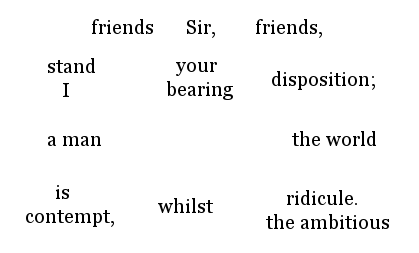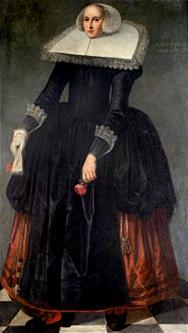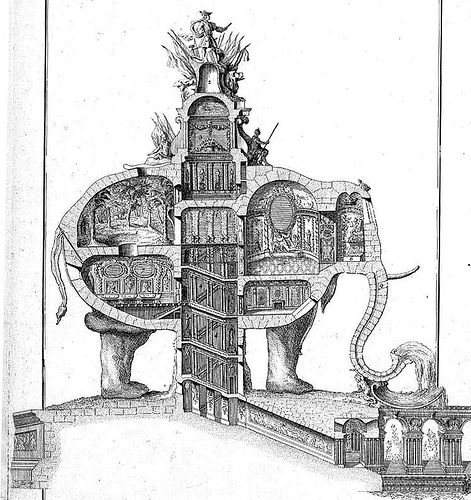Mottoes on English bells, collected by John Potter Briscoe in Curiosities of the Belfry, 1883:
- Fear God and obeai the Qwene. (Artlingworth, Northamptonshire, 1589)
- Arise and go about your business. (St. Ives, Cornwall)
- I ring at six to let men know/When too and from thair worke to goe. (Coventry, West Midlands, 1675)
- A trusty friend is harde to finde. (Passenham, Northamptonshire, 1585)
- Bee not wise in your owne conceits. (Yardley Hastings, Northamptonshire, 1723)
- Labour overcometh all things. (Glentham, Lincolnshire, 1687)
- Rejoice with them that do rejoice and weep with them that weep. (Orlingbury, Northamptonshire, 1843)
- When you die/Aloud I cry. (Owmby, Lincolnshire, 1687)
- I call the quick to church and dead to grave. (Calstock, Cornwall, 1773)
- When you hear this mournful sound/Prepare yourselves for underground. (Hough-on-the-Hill, Lincolnshire, 1683)
And “Mankind, like us, too oft are found/Possessed of nought but empty sound!” (Bakewell, Derbyshire, 1798)




